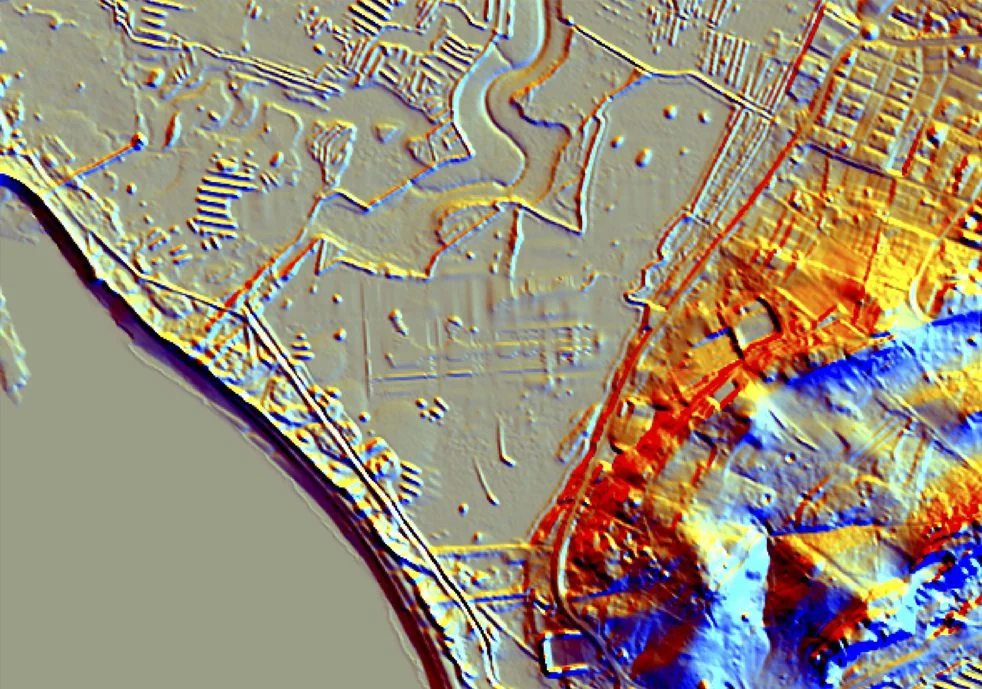Archaeologists from the University of Seville have discovered a series of submerged ruins that could correspond with the Phoenician-Punic temple of Melqart and Hercules Gaditanus.
According to contemporary text, a temple to Melqart (chief deity of Tyre and of two of its colonies) was situated near the ancient city of Gadir (present-day Cadiz).
The Romans adapted the temple in dedication to Hercules Gaditanus, emerging as one of the most important sanctuaries in the western provinces through antiquity.
The earliest refence of the sanctuary comes from the writings of the Greek historian Polybius (200 BC to 118 BC), but would later be mentioned by the stoic philosopher Posidonius (135 BC to 51 BC) and from a visit by the Neopythagorean philosopher Apollonios of Tyana (around 3 BC to AD 97).
Researchers from the University of Seville, working in collaboration with the Andalusian Institute of Historical Heritage conducted a LiDAR survey in an area between the Spanish coastal towns of Camposoto and Sancti Petri.
The survey area consists of a semi-submerged landscape, dominated by a series of marshes and the Caño de Sancti Petri. The study revealed a new coastal landscape with the presence of possible breakwaters, moorings, an inland port, and the discovery of several large, monumental buildings.

By combining data from previous discoveries in the region, the team drew a line that delimited an area between the slopes of the islet that separates the channel from the Atlantic.
There they found a rectangular submerged structure that measures 300 metres by 150 metres and may have a correlation with the information that ancient authors provided, however, this new discovery still contends against other proposed theories for the location of the temple.
Archaeologists plan to conduct detailed archaeological surveys of the area (terrestrial and underwater) to determine the chronology and function of each of the detected structures and reconstruct the history of the area.
Header Image Credit : University of Seville





